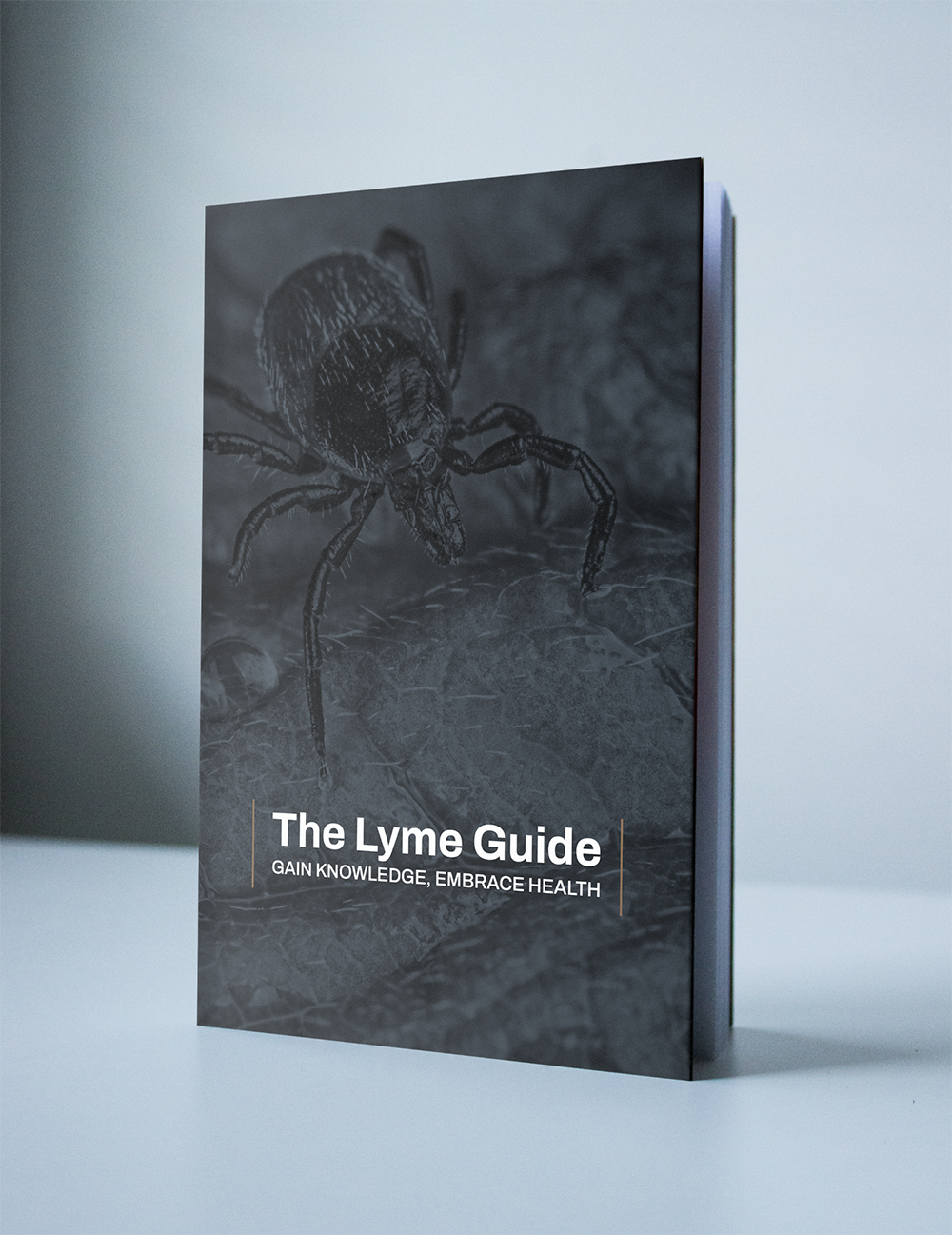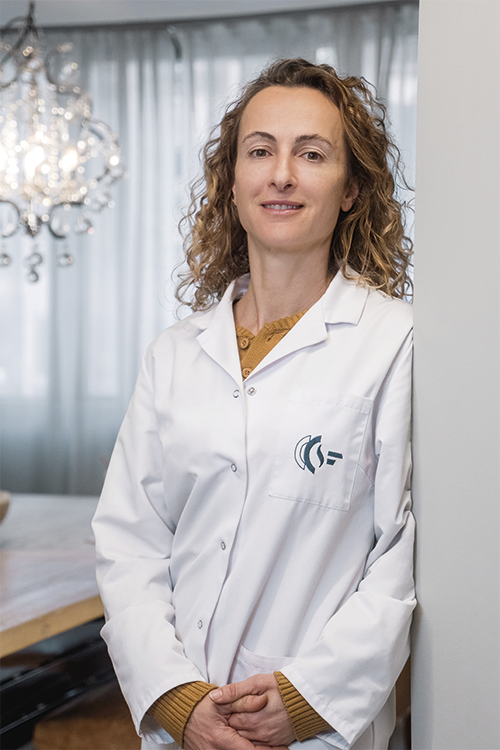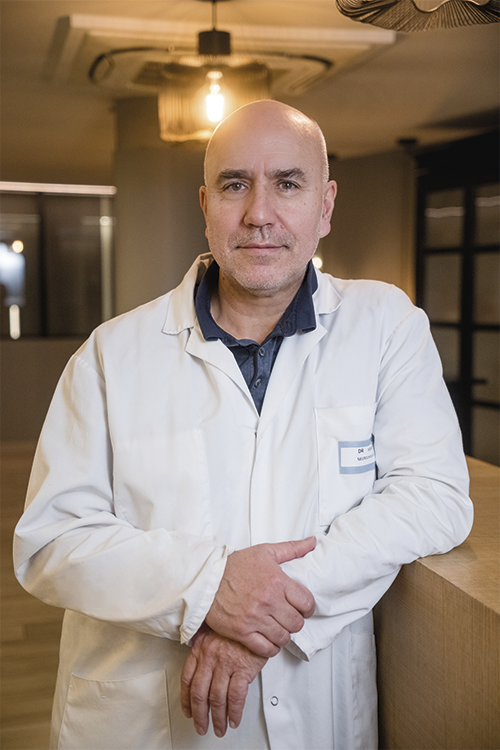Mycotoxins
Mycotoxins are substances produced naturally by a type of fungi called molds. Molds are filamentous and grow from fungal spores that settle on any warm, moist surface. If the surface is rich in the organic products of decaying matter, molds grow as saprophytes, but if on the surface of living organisms, as parasites.
What are Mycotoxins
Mycotoxins are not parasites but rather chemicals that molds produce after nutrient uptake. Molds produce mycotoxins in quantities unsafe for livestock or human exposure. Contact with mycotoxins may carry the risk of harm (myotoxicity) depending on whether the mycotoxin’s toxicity threshold is reached. Each mycotoxin has its harm threshold defined by pharmacokinetic conditions and factored into public health regulations. The threshold of harm specified for food security differs between humans and livestock.
Types of Mycotoxins
Mycotoxins are produced by just over 360 species of mold, mostly belonging to the type of Aspergillus, Fusarium, and Penicillium. Mycotoxin product happens fast, and it does not take long to spread. They have a low molecular weight and are most often thermo-stable in non-aqueous medium, and therefore difficult to degrade. In most cases, they can survive in food even after mold elimination.
There are several hundred types of mycotoxins, but the most harmful ones with toxic effects on our health are Aflatoxins, Ochratoxin A, Patulin, Fumonisins, Zearalenone, and Nivalenol. They appear in the food chain because of the contamination of crops by molds, these toxins can also contaminate human beings by air. Even if they are mostly known for long-term harmful effects, such as immune deficiency or cancer, mycotoxins can also expose to immediate complications such as acute intoxication.
Where are Mycotoxins Found?
According to the World Health Organization, mycotoxins are toxic compounds naturally produced by certain types of molds (fungi). They grow on either on the floor or walls in a humid and confined environment or on some foods. Mold growth can occur before or after harvest, during storage, on or in the food itself, often in a hot, humid and moist environment. Mycotoxins enter the body through food or drinks, where they cause acute poisoning, immune suppression, cancer, or damage to organs such as the gut, lungs, kidneys, and liver. Among several diseases, liver cancer has been closely associated with the ingestion of aflatoxin, one of more than five hundred known mycotoxins.
Mycotoxin Testing and Detection
Exposure to mycotoxins is a serious issue that many people do not realize impacts their health until it is too late. If you find mold growth or suspect you may have mycotoxins in your body it is important to get tested and begin treatment as soon as possible. Mycotoxin poisoning and illness looks different in everyone and looks similar to other conditions like chronic fatigue syndrome.

















































